Scientists have been left puzzled after discovering a large secret chamber located at the base of the Great Pyramid of Giza in Egypt.
The pyramids of ancient Egypt have long stunned people from all over the world, especially because mysteries remain about these old structures and the ancient people who built them. Now, this latest anomaly has caused even more speculation about what could be hidden underneath the Great Pyramid of Giza.
One Secret Revealed?

One secret about the Great Pyramids may have just been revealed — or may soon be.
Using new technology, archaeologists were able to study a large section of the Western Cemetery at the base of Giza’s Great Pyramid. This section has been empty for centuries, and scientists wanted to know why.
A Cemetery Near the Pyramids
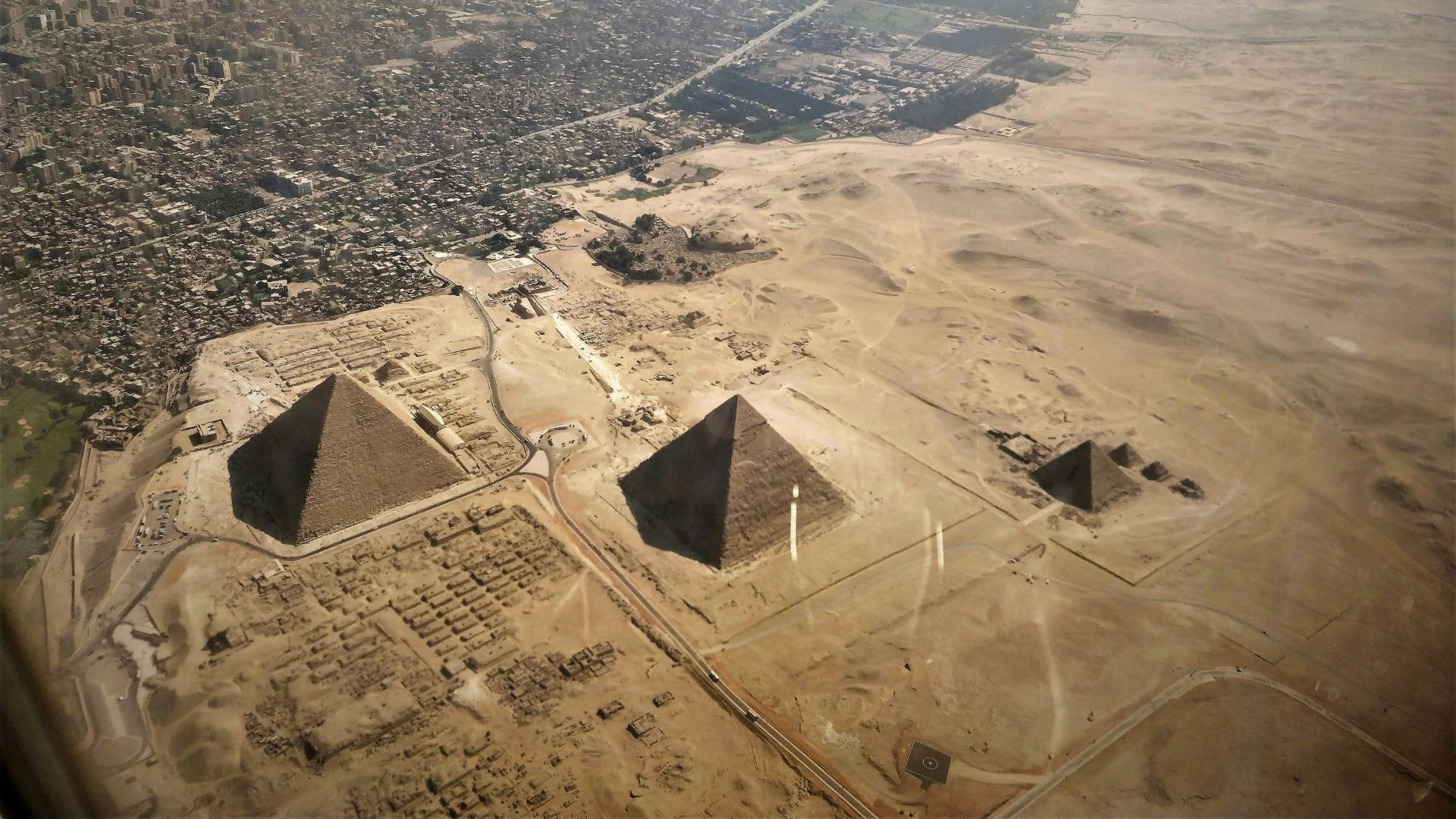
The Western Cemetery was created about 4,500 years ago. This area, which is at the base of the Great Pyramid, contains hundreds of mastabas, which are rectangular tombs.
These tombs hold the relatives of King Khufu of ancient Egypt, as well as elite citizens from this time.
An Empty Part of the Cemetery
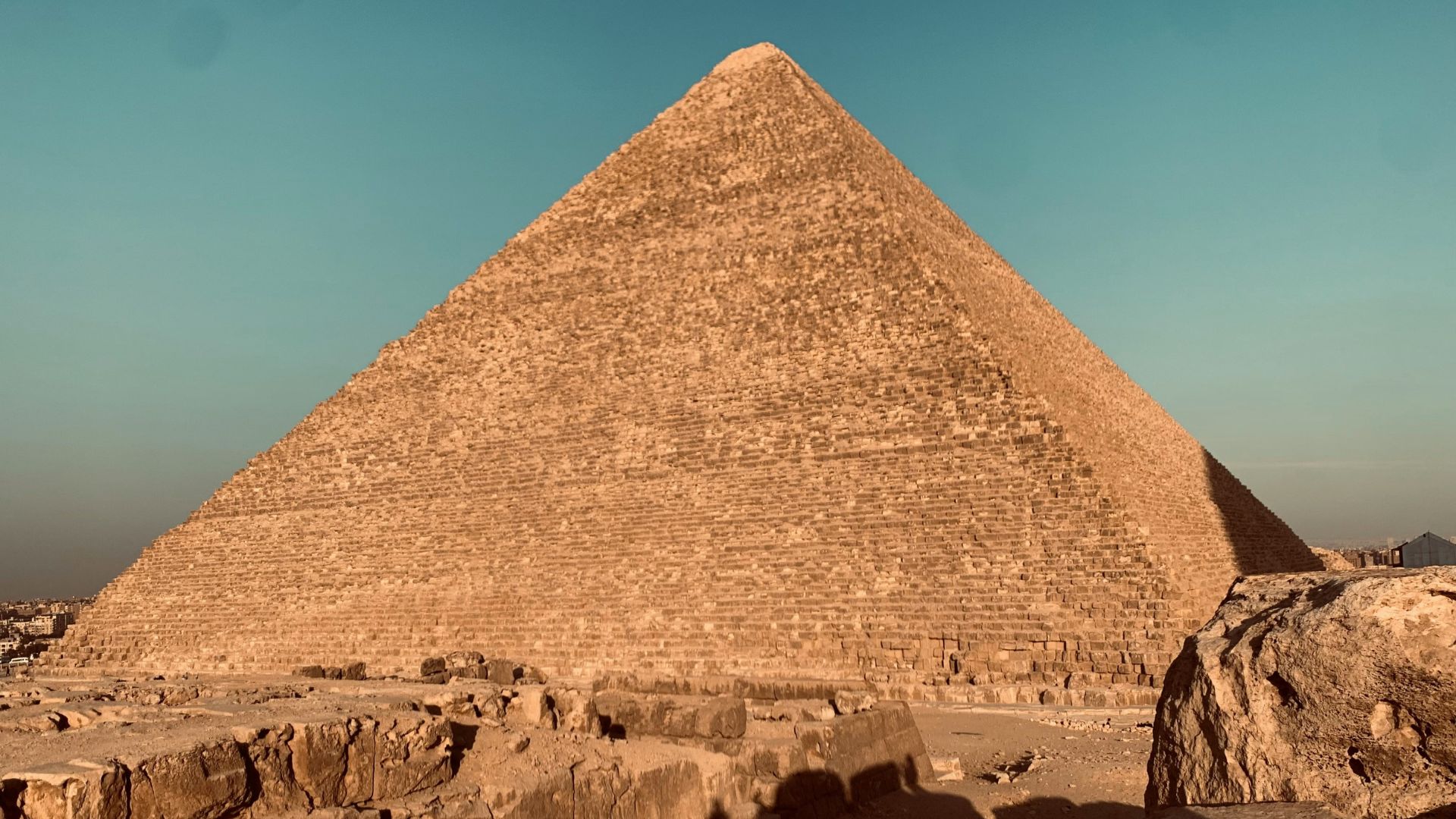
However, one part of the cemetery has been empty since its discovery. This section of the Western Cemetery has long intrigued Egyptologists, as they have never been able to understand why it has been empty.
Now, this latest discovery has suggested that the reason this area is empty above the surface is because there’s something below the surface.
An L-Shaped Structure Beneath the Sand

According to a new study published in the peer-reviewed journal Archaeological Prospection, an L-shaped structure appears to be beneath the sand in this empty part of the cemetery.
Even deeper beneath this L-shaped structure, there also appears to be an even larger structure that is connected to it.
Making This Remarkable Discovery

Researchers attached to this study were able to make this remarkable discovery of potential L-shaped structures underneath the sand by using new high-quality technology.
The team used ground-penetrating radar (GPR) and electrical resistivity tomography (ERT) to see what was underneath the surface — all without making one dig.
Humans May Have Made These Structures
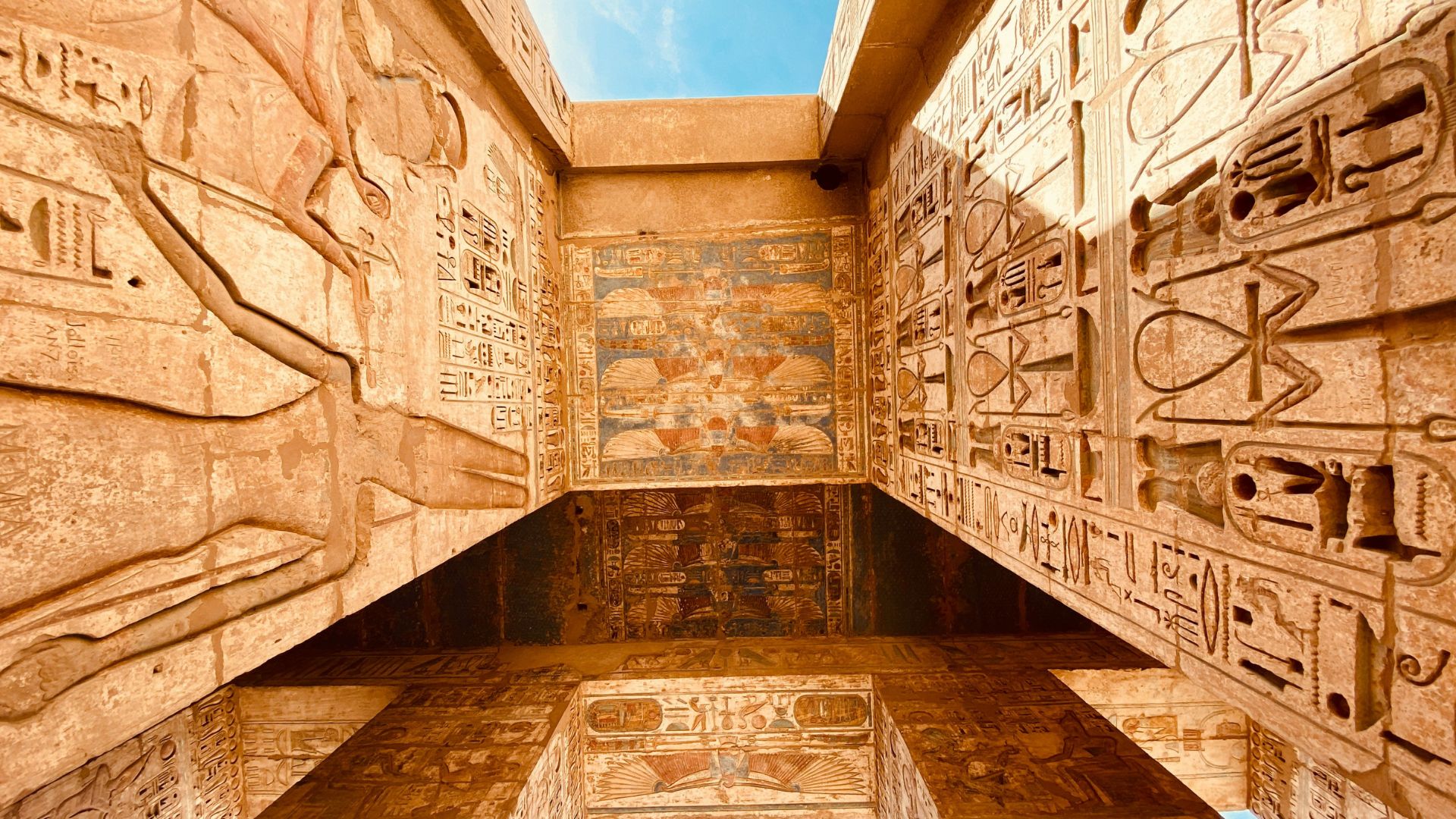
By using these new technologies, archaeologists were able to see that the L-shaped structure has corners that are incredibly sharp.
This means that they are likely not naturally occurring. As a result, ancient Egyptians likely created these structures underneath the ground.
Large Structures
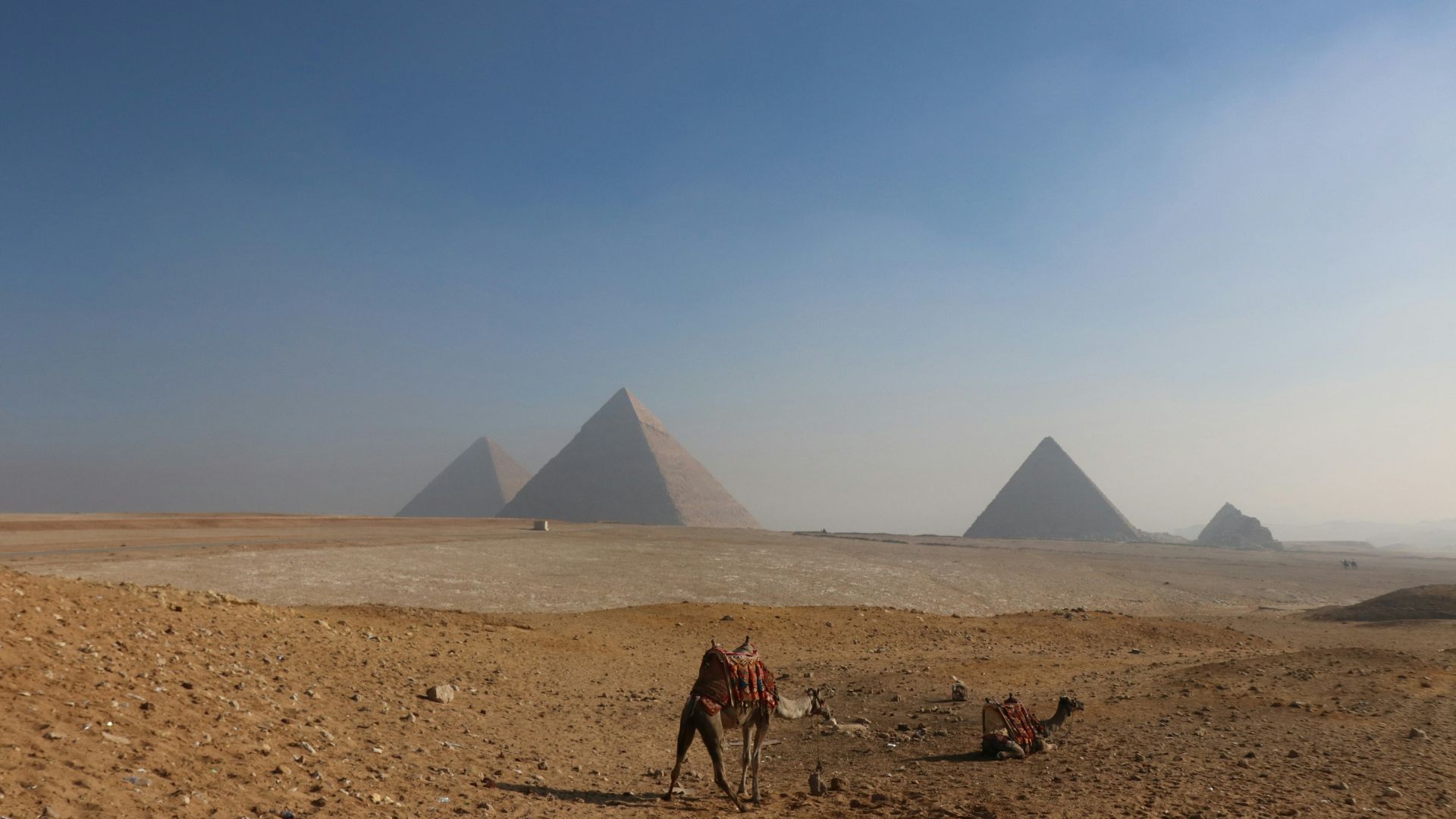
These underground structures aren’t small, either. According to the data collection, researchers believe the L-shaped structure is about 32 by 50 feet. They also theorize that it’s about 1.6 feet to 6.5 feet underneath the sand.
Meanwhile, scientists also found what appears to be another massive, 1,000-square-foot structure beneath this L-shaped one. This bigger structure is deeper and about 11.5 feet to 33 feet below the sand.
An Anomaly Filled With Sand
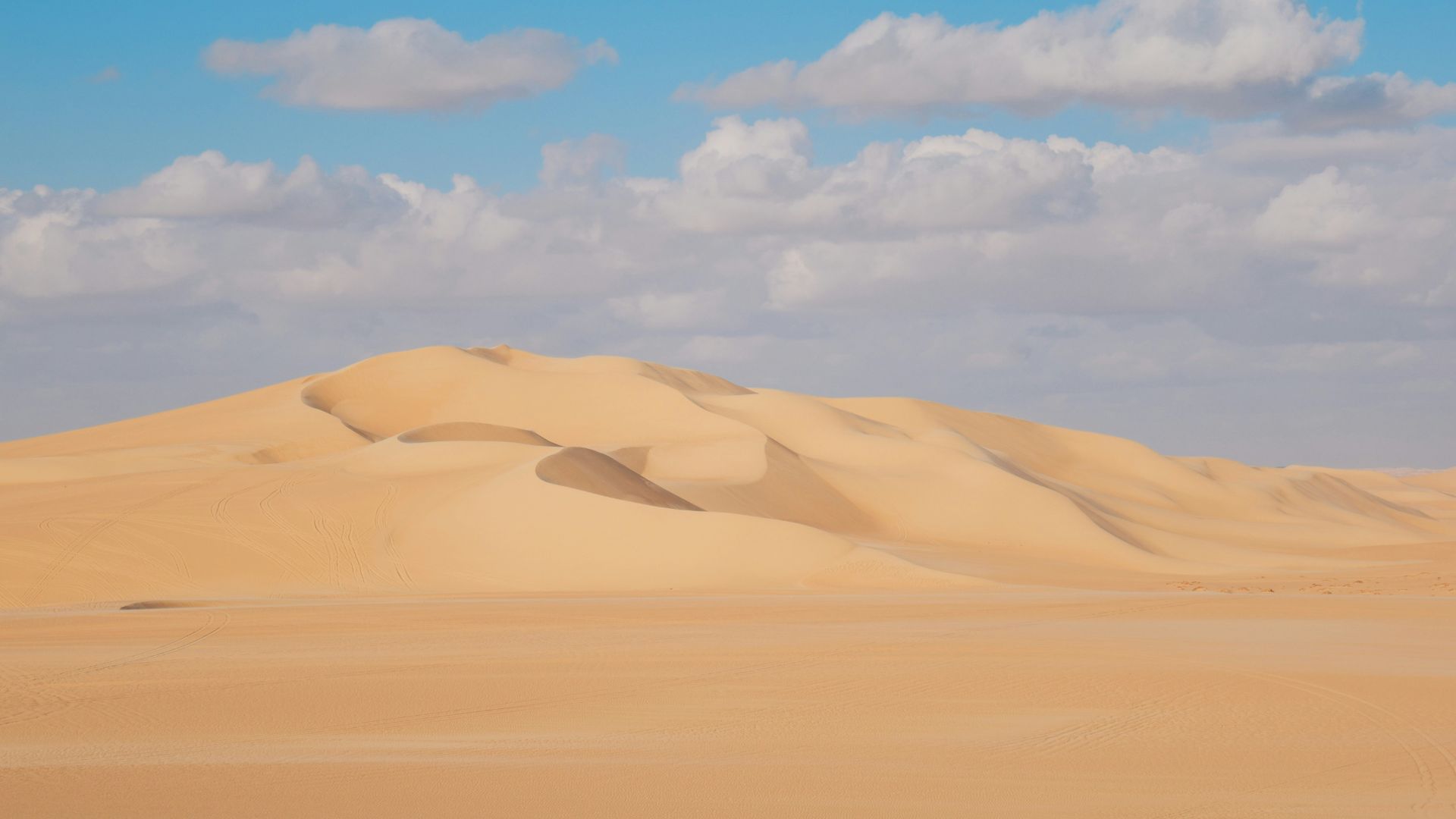
After making this discovery, archaeologists realized that the L-shaped structure was likely filled with sand — possibly on purpose.
As this structure may have been a passageway of sorts that led to a lower tomb underneath the ground, ancient Egyptians may have filled the structure with sand to keep out the living. This practice was often done thousands of years ago.
Has a Mystery Been Solved?

Thanks to this groundbreaking discovery, archaeologists have explained that the mystery of why a part of the Western Cemetery has stayed empty over the years may have been solved.
However, more research is needed. After all, even the study’s scientists have admitted that this technology isn’t 100% accurate. It can be misleading.
What Is Beneath the Surface?
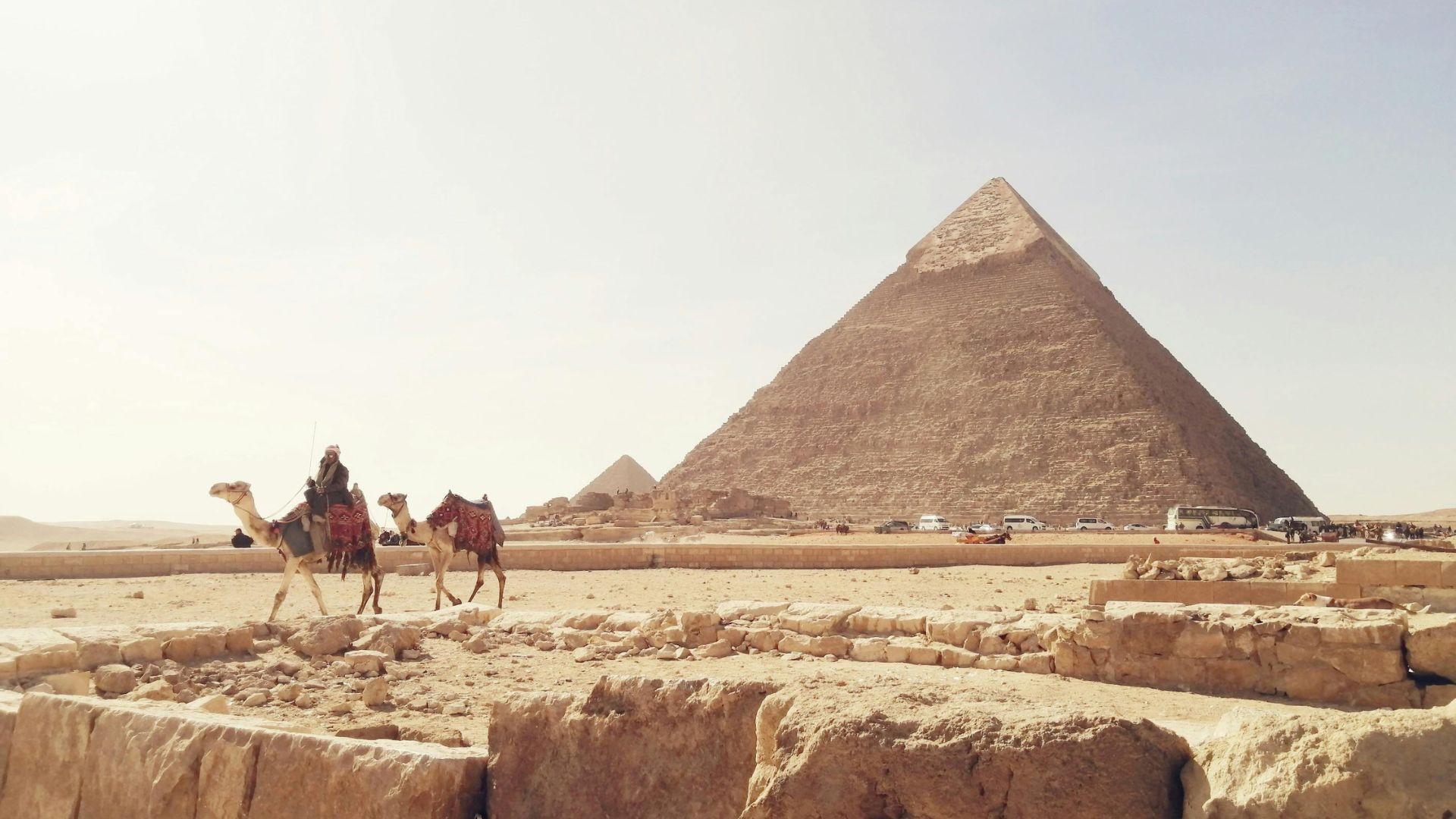
The team attached to this study has also explained that they’re not sure if anything is beneath the surface at the base of Giza’s Great Pyramid.
This deeper structure could be completely empty, it could be filled with sand, or it could hold yet another discovery.
The Next Steps
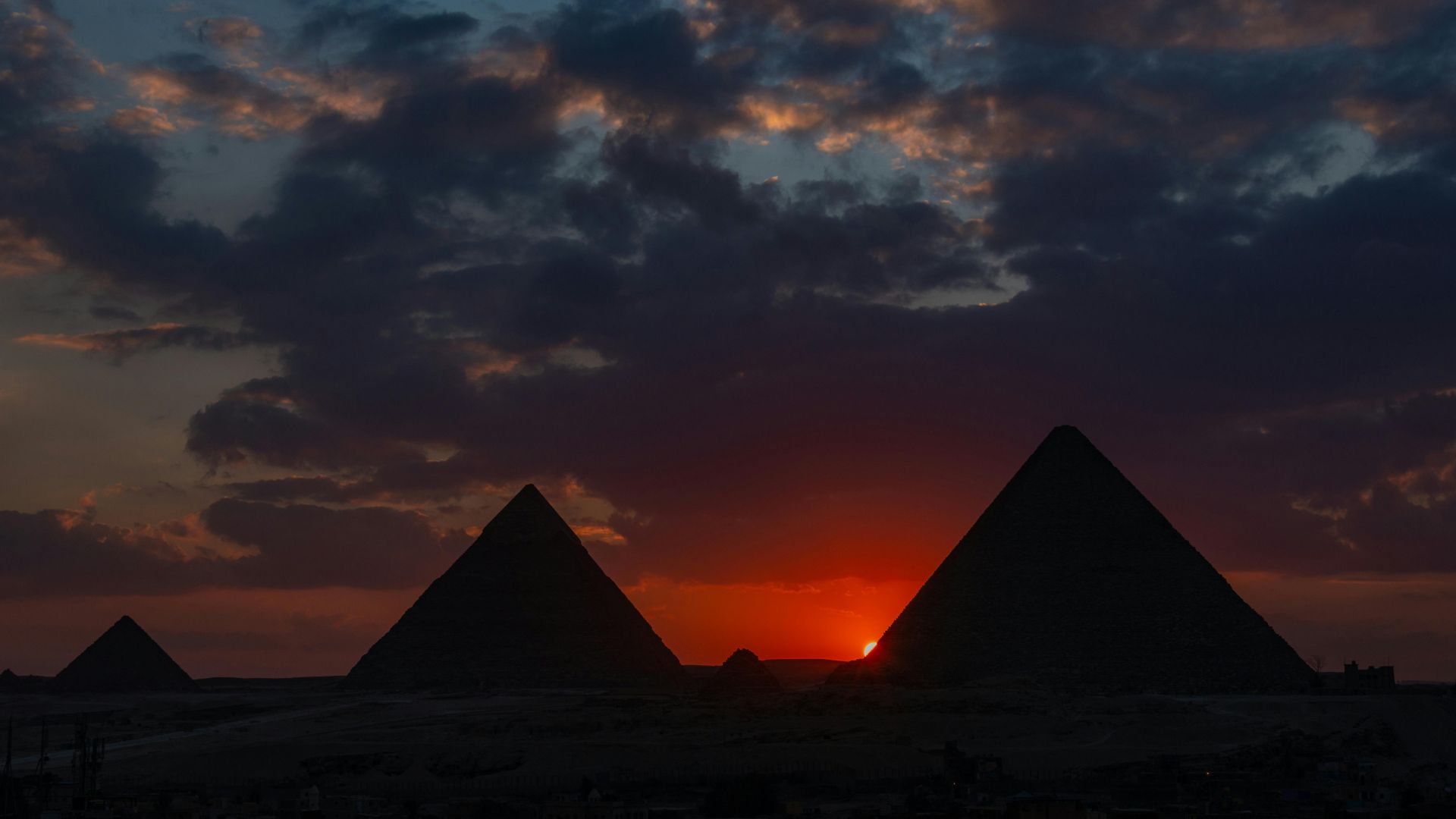
Now that this new, high-quality technology has made this discovery, the team is ready to start making their next discovery.
To truly answer all of their questions about what these anomalies may hold, researchers are now going to start digging and excavating the site.
